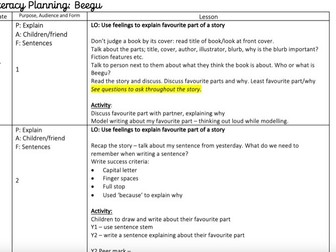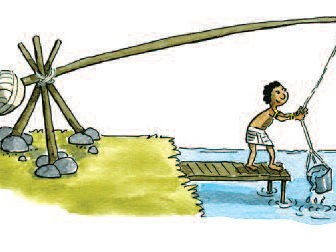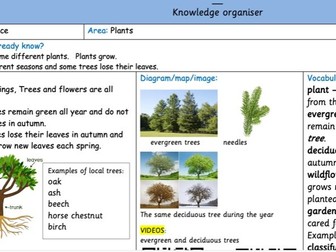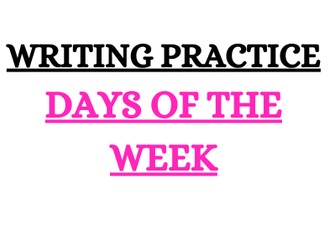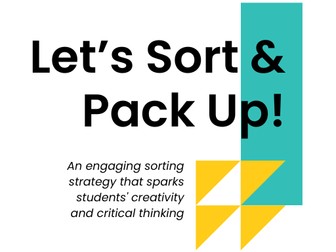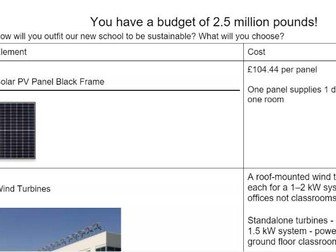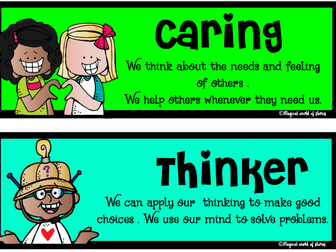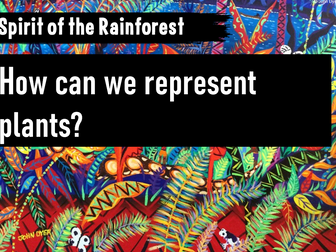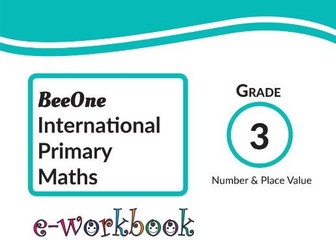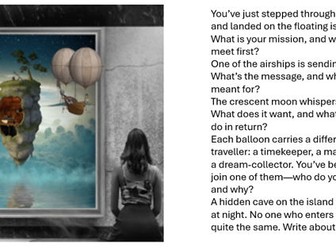Beegu planning & resources Y1&2 (3 weeks)
Three weeks of plans and resources and teaching slides for Beegu. Aimed at a year 1/2 class.
All slides and LO’s included (editable). Including purpose and audience
All lesson reosurces included. (editable)
Three weeks (this includes a 4 day week 1 of term so you could easily drag a couple of lessons to make up for the teacher only days)
follow on Instagram for more teaching ideas
@miss_howells_teach
